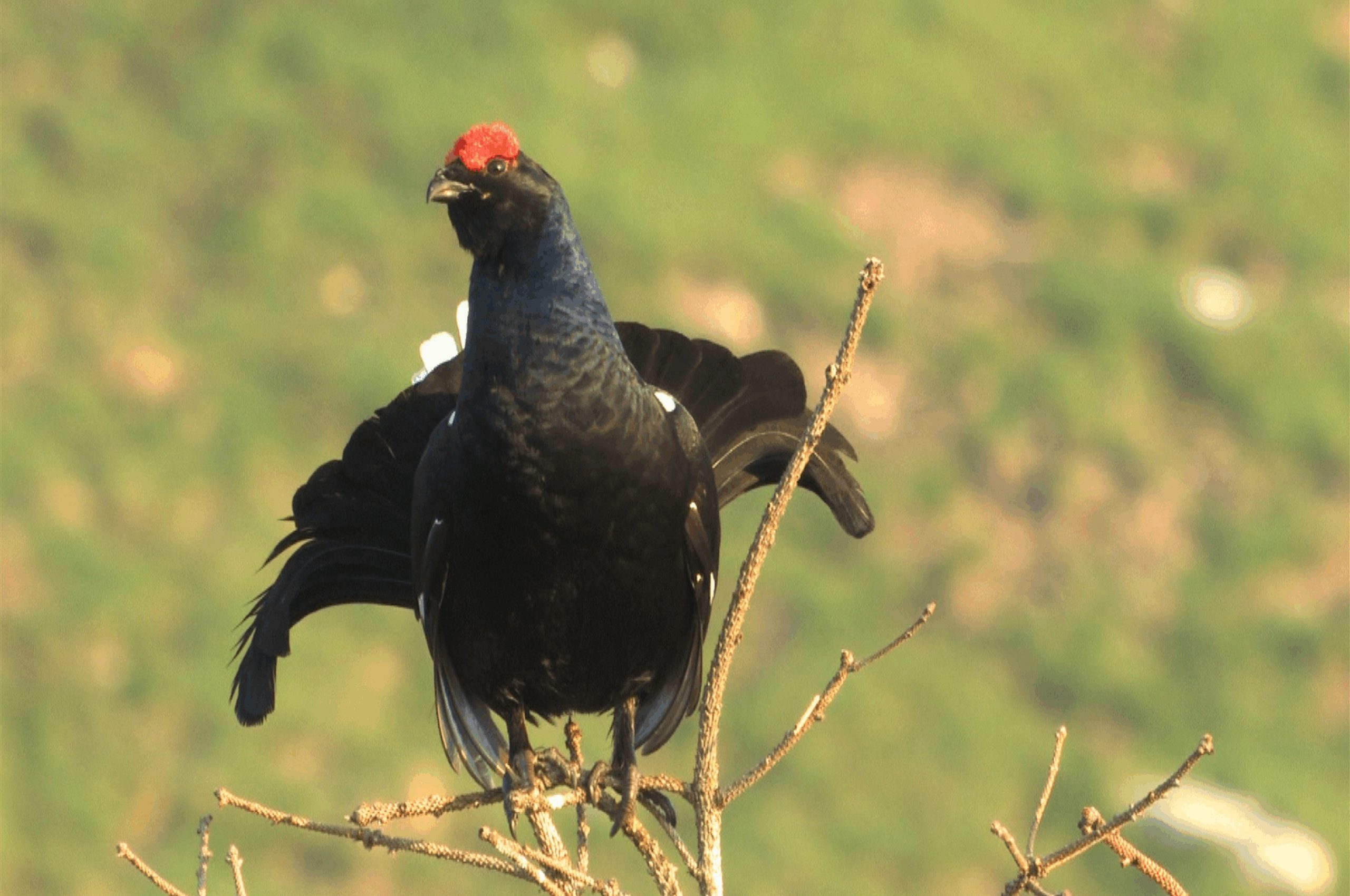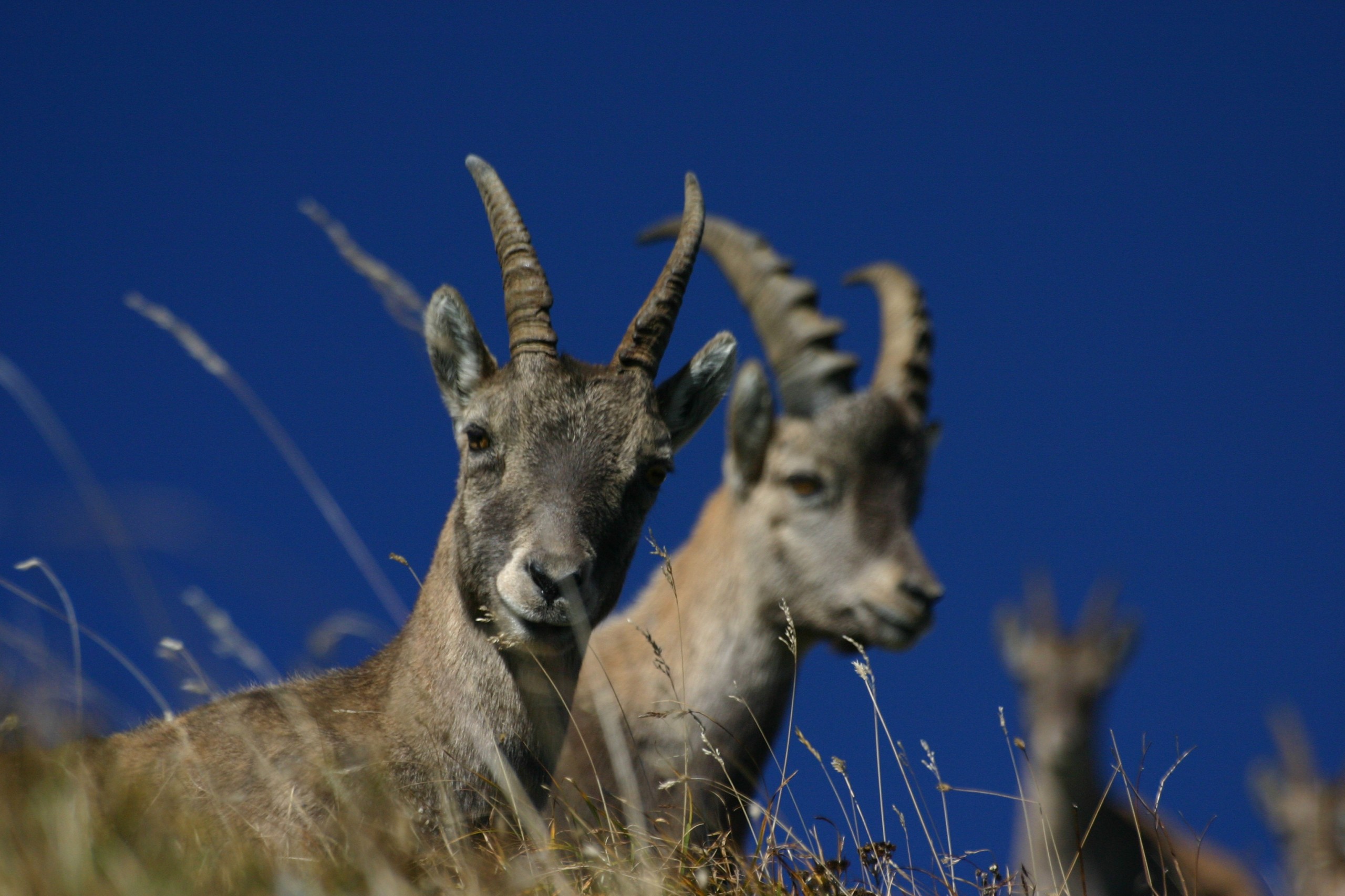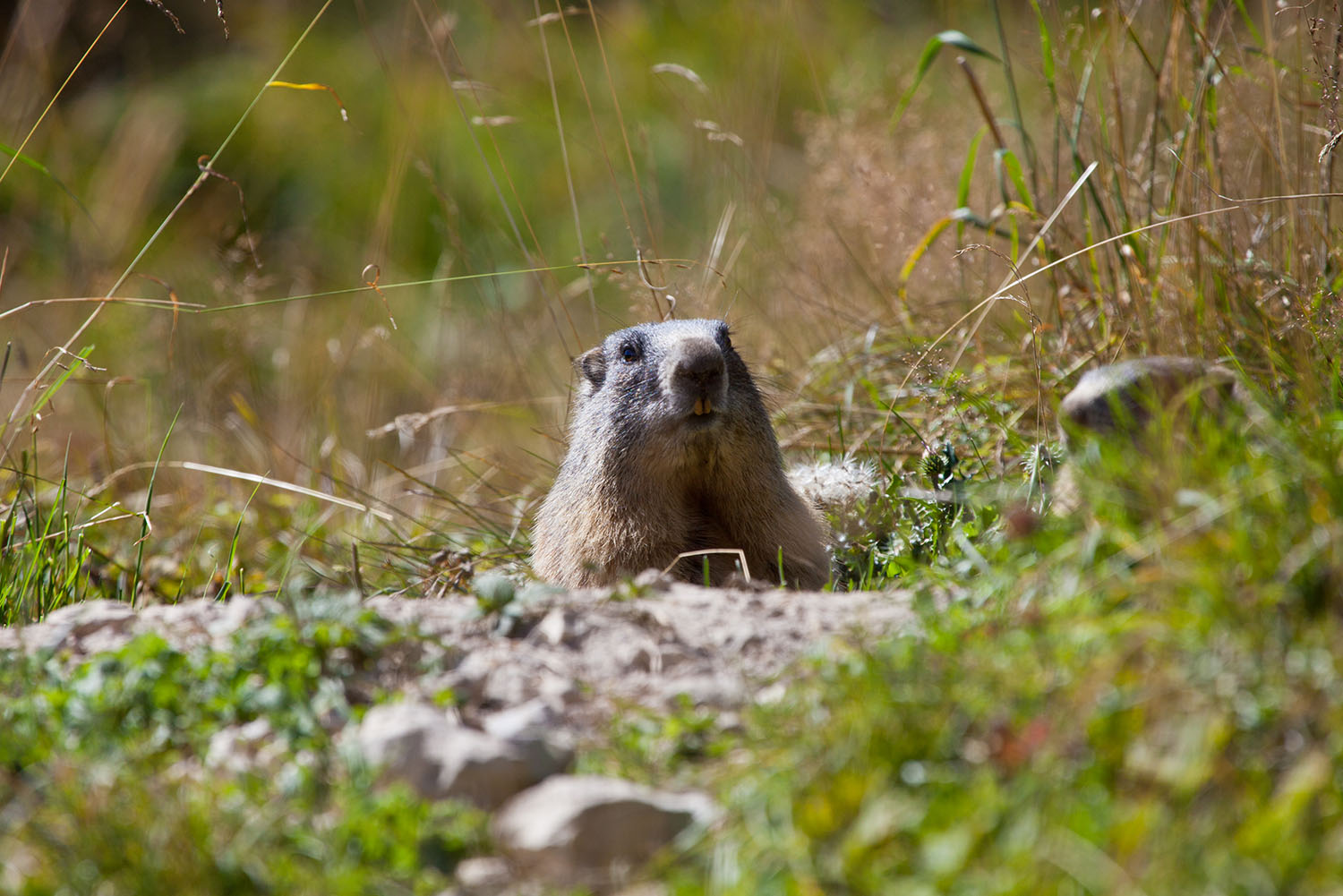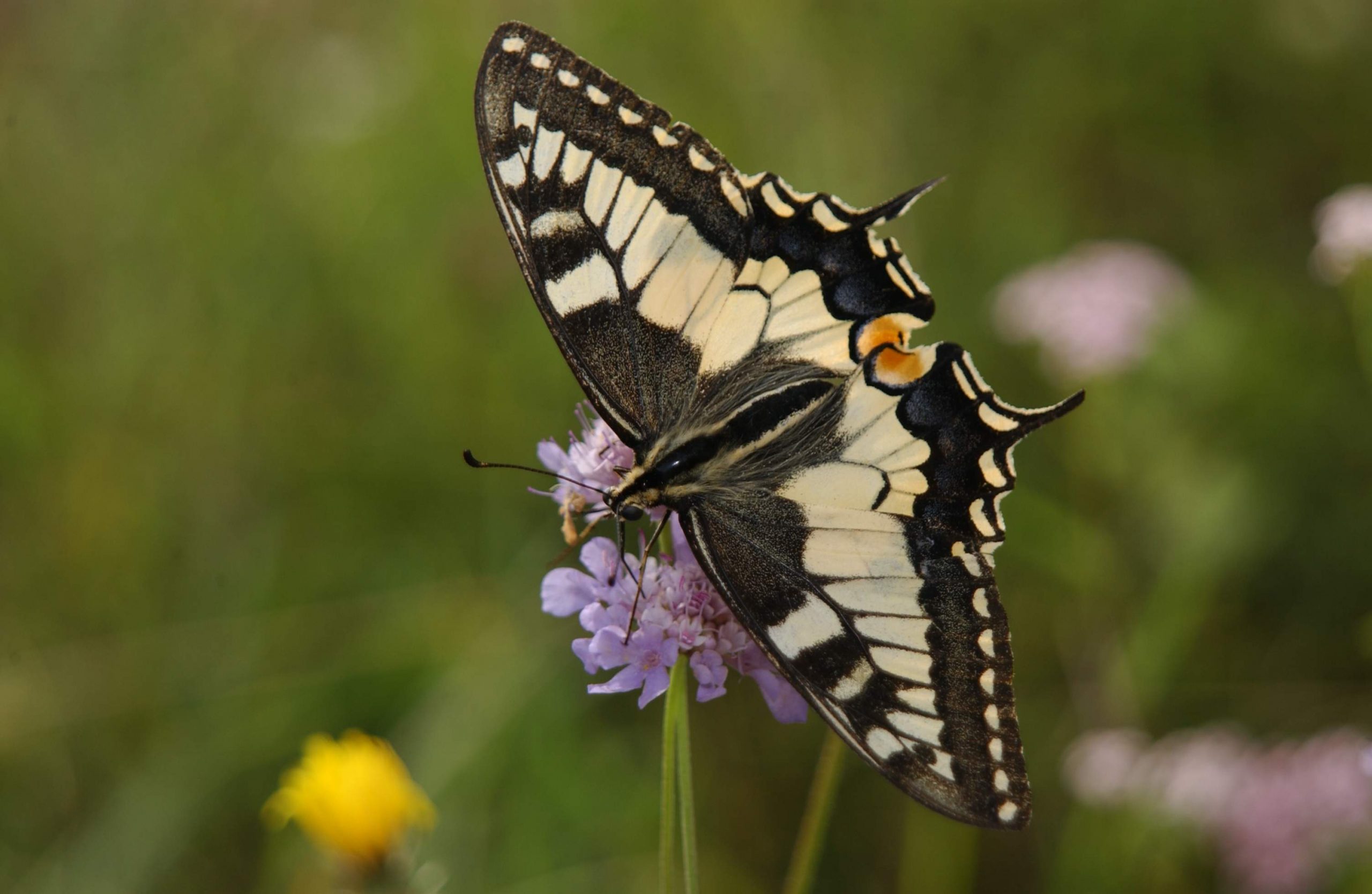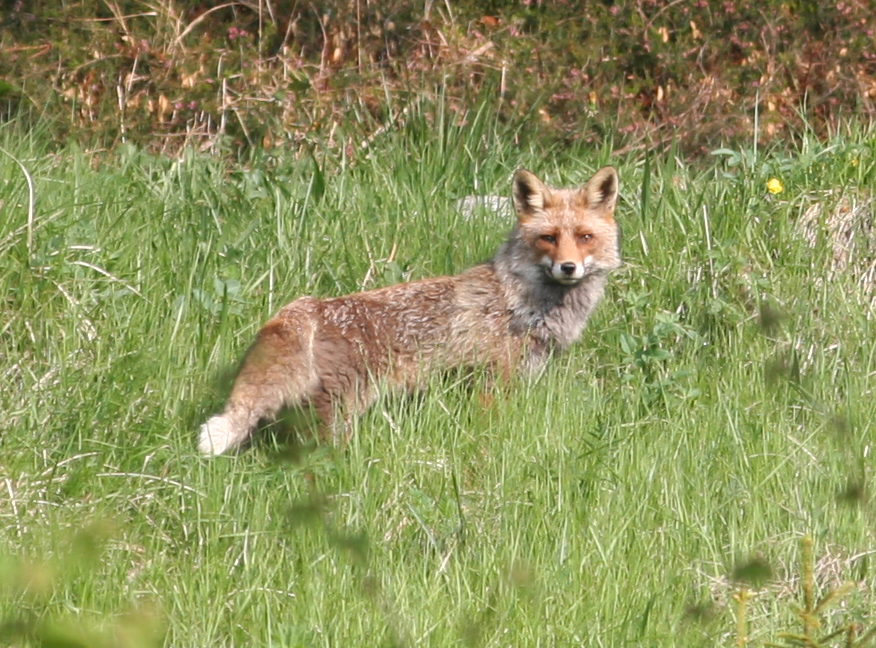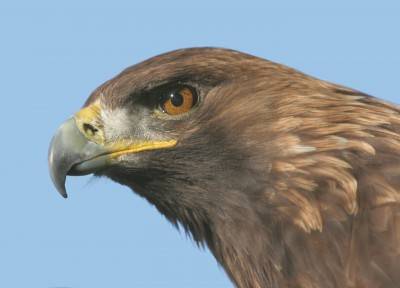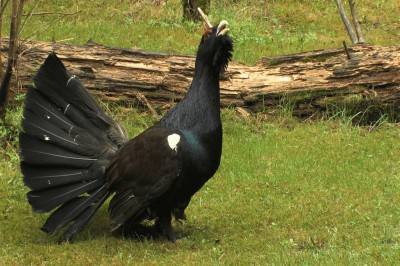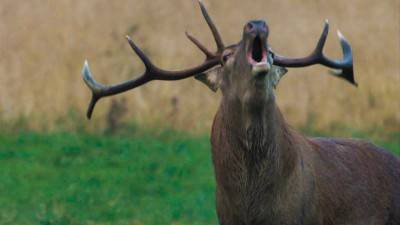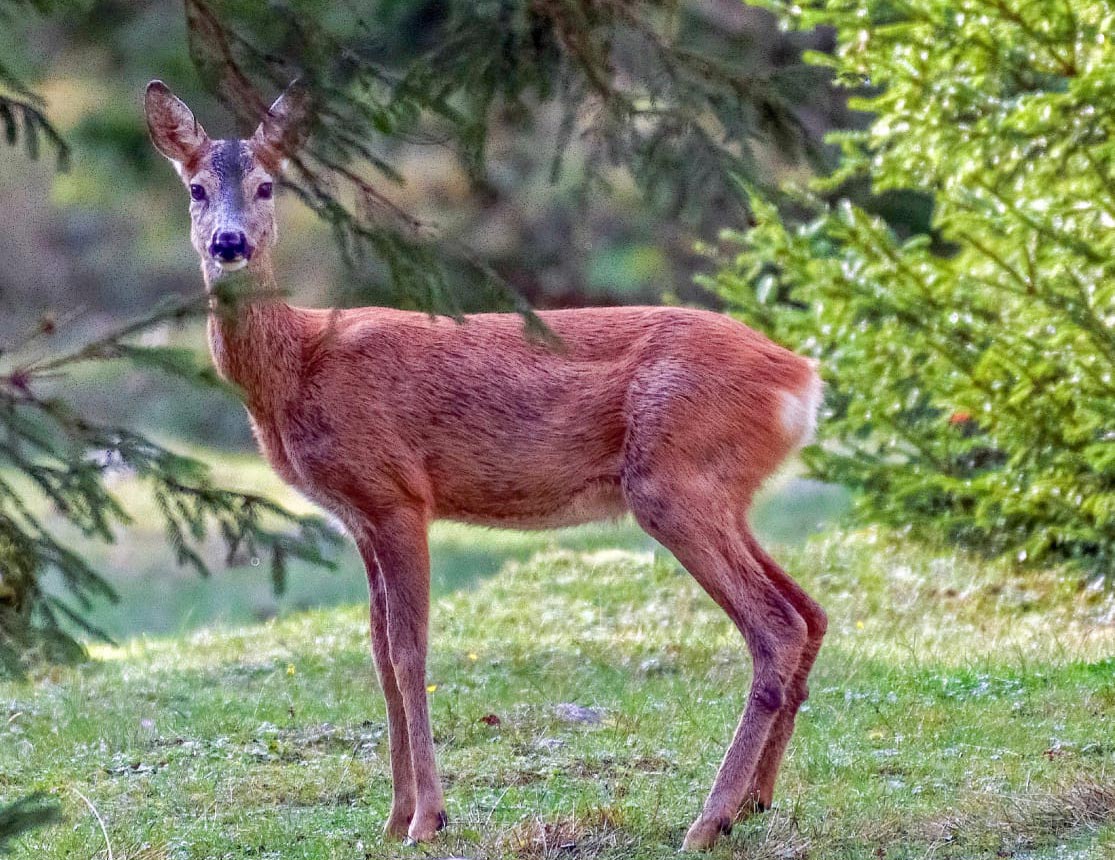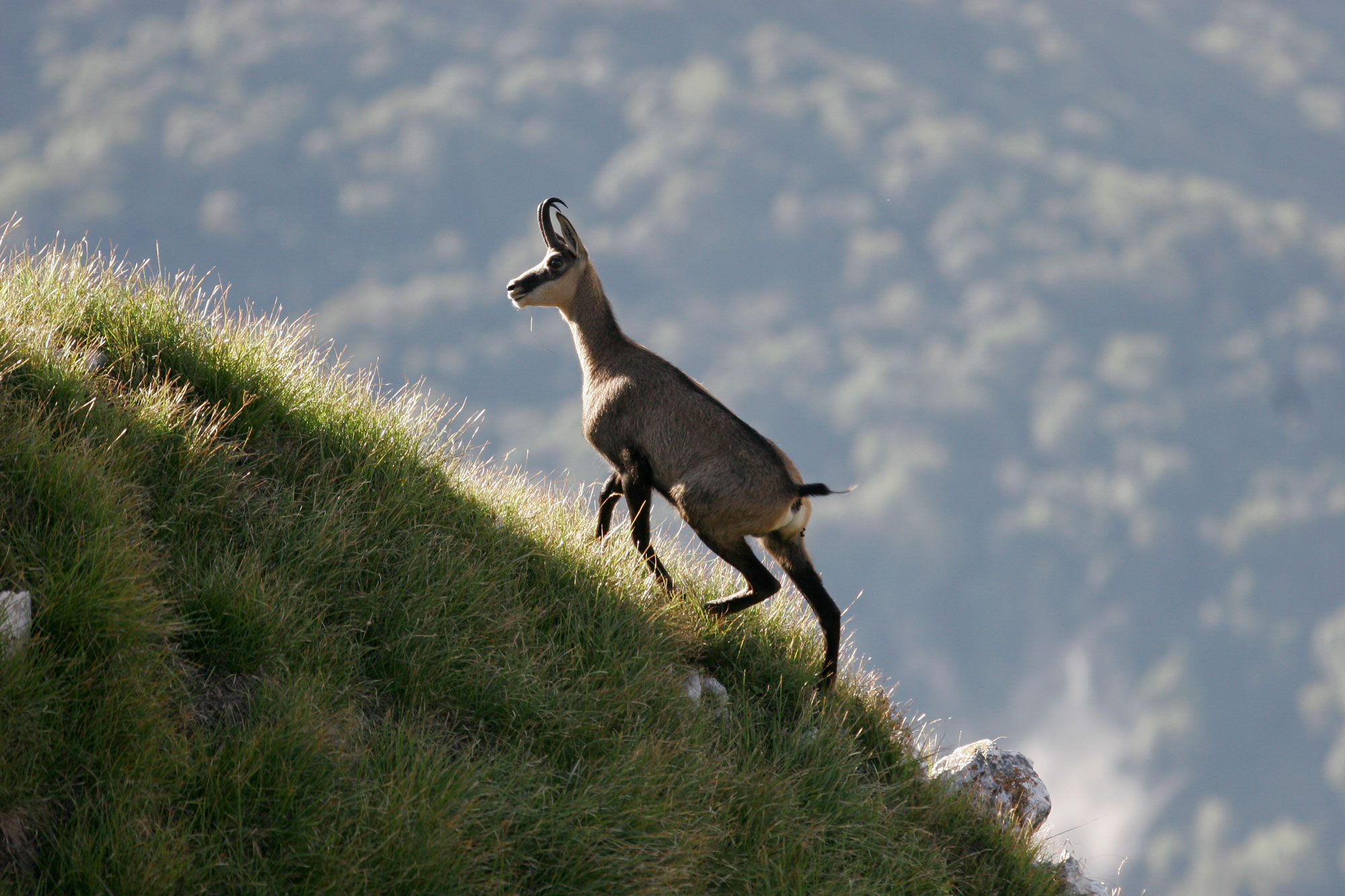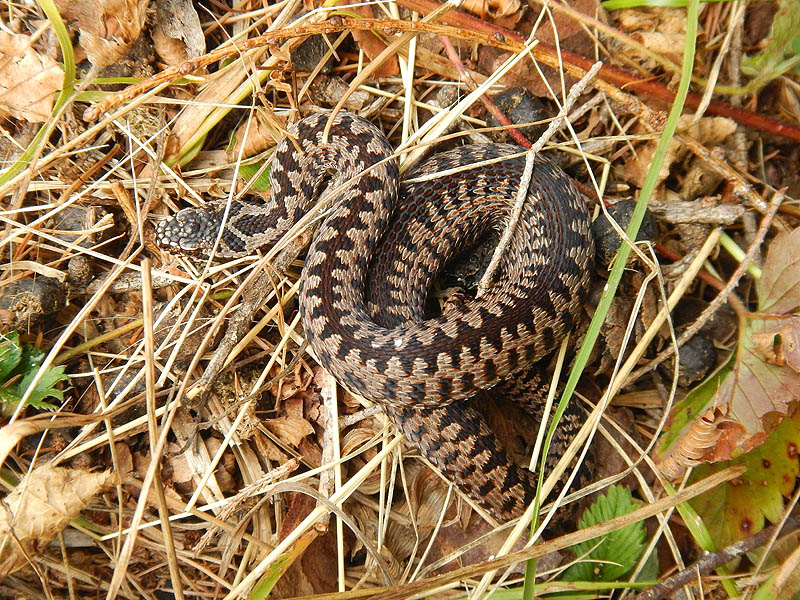In the Friulian Dolomites Natural Park you can meet not only the great protagonists of wildlife but also a myriad of small, fascinating creatures spread all over the mountain territory: insects. Being able to recognize and distinguish them is a way to become passionate about their world and to learn to live with them. The most appropriate time to see, photograph and study them is undoubtedly the spring / summer period.
Insects were the first living creatures to fly even if the evolutionary origin of the wings is not perfectly clear yet. Some insects are able to sense particular smells at very great distances, others can communicate through vibrations and sounds not even perceptible to humans. We are not able to know what kind of image of the world around the insects perceive through their eyes. For many insect species the environment in which they live is probably a set of sounds, smells and flavors. Ants for example leave a chemical trace when they move and touch continuously with each other to transmit the smell of their nest. Chemical alarms are produced by many insects which communicate them with the utmost rapidity to all the other members of the colony.
The main and easily recognizable insect classes are:
- Beetles
- Hemiptera (aphids, scale insects)
- Diptera (flies and mosquitoes)
- Hymenoptera (bees, wasps and ants)
- Lepidoptera (butterflies and moths)
- Orthoptera (grasshoppers and crickets)
- Arthopoda (cockroaches and mantis)
- Dermaptera (earwigs)
- Odonata (dragonflies)
- Phasmatodea (stick- insect)
Insects are an important food source for many animal species such as birds, frogs, lizards, squirrels, foxes, bats; in fact many insects have evolved their colors, designs and shapes to blend into their environment. Some have mottled wings or provided with rather strange patterns that reproduce the appearance of the tree barks on which they live. Other species defend themselves in a still different way, with thorny appendages and showy colors that suddenly appear and confuse the attacker. Others instead completely adapted to aquatic life where they spend their entire existence.
Bees, wasps, ants and termites, in order to protect their offspring, build a variety of nests. The simplest one is constituted by a hole in the ground made by a solitary wasp, while the most complex is the one made by some species of termites: it houses millions of insect-workers which look after a single queen.
The average lifespan of the grouse is about nine years. It is a diurnal animal, you can find it in the mountain line (1000-1800 m), in the coniferous and deciduous forest, wide and not very noisy, with old trees and sturdy branches to facilitate movement.
THE CADDISFLIES
The caddisflies are small insects very similar to small moths from which are distinguished by having a different mouth and sleeping wings system (from the Greek = trichos hairs, pteros = wing) which are closed at rest forming a sort of “roof” on the body. They are the only insects that are mostly aquatic when they are young and during the adult stage rarely go away from water ponds or puddles.
Larval stages have considerable importance in the ecological balance of aquatic systems, since they represent food for many fish and birds. The larvae normally build a typical case with which to protect the abdomen. The materials used for the case construction are specific for each species and range from sand grains to the fragments of plant material, and they are added to the front end as the larva grows. Head and legs come out of the case to allow the larva to move in search of food, while the abdomen is firmly anchored to the silky covering.
The complete life cycle of caddisflies lasts one year, for the most part lived in the larval stage.
BEES, WASPS AND ANTS
They are gathered in the Hymenoptera class, one of the largest of the entire insect class. Numerous species of bees, wasps and ants are characterized by a strong social behavior: individuals spend most of their lives together with other individuals of their own species. Ants are social insects that live in large colonies in complex nests, called anthills, within which they breed their offspring together. Each anthill has one queen who lays all eggs.
DRAGONFLIES
Dragonflies are able to capture mosquitoes in flight at dusk, when it is so dark to even succeed only to see these small flies with two wings.
GRASSHOPPERS
Grasshoppers have antenna, large eyes consisting of many other small eyes that reconstruct the entire image from the portion that each eye sees. Antennae are used for orientation and to perceive the presence of predators but also to smell and taste. They have ears and six legs. The hind legs are those that give vigor to the jumps.
They prefer dry and uncultivated soils, but also meadows and woods. They come in various species like the pygmy locust with elongated dorsal shield or migratory locusts with very short antennae. Grasshoppers live mainly in the fields, in the meadows and among bushes; some species in wetlands and marshes, others prefer sunny and arid slopes, others live even on stony grounds and high mountain pastures.
CRICKETS
Crickets belong to the class of the Orthoptera, they are black, brown or green, of medium size and recognizable because they can produce a sound similar to a song that can be heard by humans especially at night.
There are several types of crickets:
- Gryllidae: popular crickets that live in fields and forests; their mating song is mainly nocturnal
- Tetrigidae: daytime crickets, grasshoppers also called pygmy locusts
- Gryllotalpidae: mole crickets live mainly underground, their song is very weak, but amplified by the acoustics of their den.
RED ANTS
The real nest is underground, on which there is a large mound. In this domed building live the worker ants. The nests are often located around the tree stumps in the larch woods and ant eggs are larvae in the cocoon.
The red ant often destroys many parasites larvae and it plays therefore an important role in the balance of nature conservation.
SPIDERS
Spiders with about 30,000 species make up the largest group of arachnids. Special features are the poison glands that cause the death of the preys and spinner glands that serve to build enclosures for eggs, tube-type cockpits, cobwebs. The cobwebs are used to capture preys, but not all species use them: many spiders literally hunt down their prey.
Usually spiders are soil insects, but some also hunt on the water surface. Many spiders seek the proximity of man.
SNAILS AND SLUGS
Visible especially after the rains are spread in gardens, bushes and on the forest edge up to 1800 meters above sea level, preferring areas with calcareous soils.
LADYBUGS
All species of this family are popular and well known as lucky charm animals and destroyers of aphids. The species vary for color, number of points (from 2 to 22) and size; they can live in very different environments.


